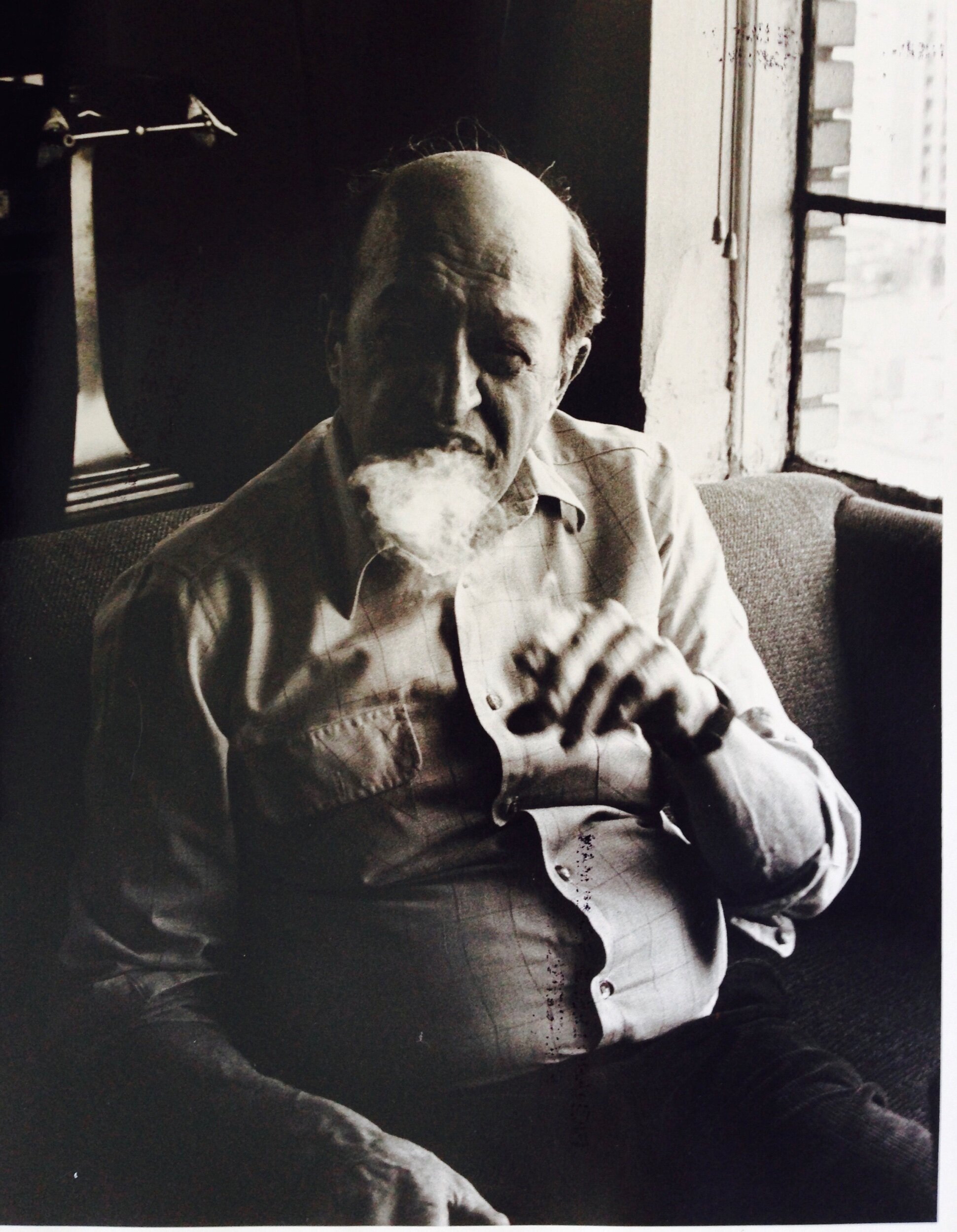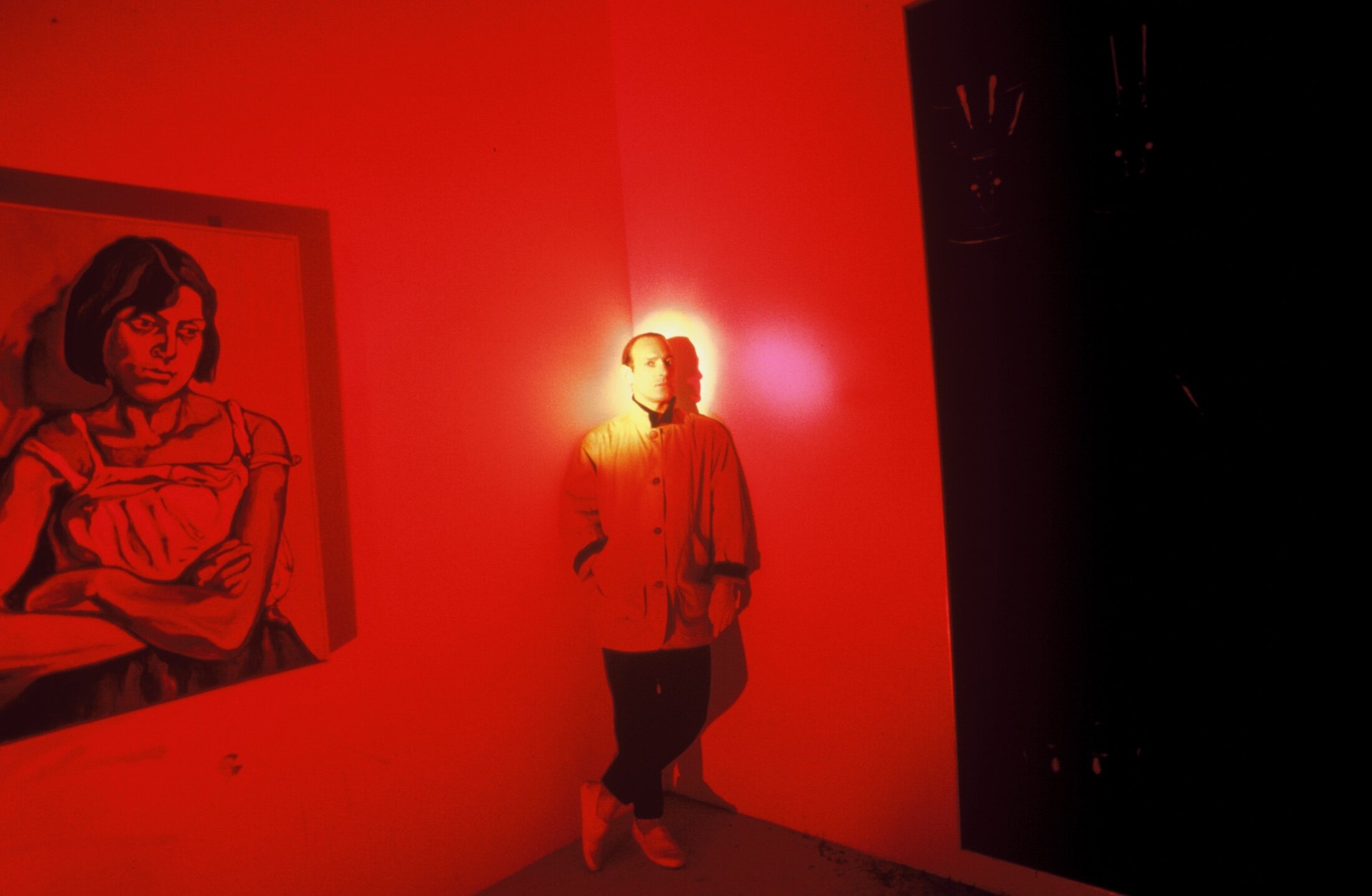#JamesRosenquist #artist #painter #1983
“There may be more beautiful times, but this one is ours.”
Jean-Paul Sartre
Some people say the day Jackson Pollock danced sylph-like adroit his canvas for photographer Hans Namuth was one of the great ballets of art history.
One day someone heard the curdling screams from rape in Lord Byron’s Bell Tower. The young victims’ shattering sounds heard by Percy Shelley across the Tyrrhenian Sea were among the most frightening sounds in literary history.
They say the jazz musician Art Pepper’s finger nails scraping the white chalked walls of the Santa Monica California Synanon asylum, challenged the most psychoacoustic levels known in jazz history.
All of the above share the suggestion of lives consumed by life’s toxic vices beyond the pale. Stories of inebriated behavior originate from 7000 BC til this very second and beyond. A book of unique intoxicating behavior needs to be written. But honestly who has a thousand years to read it.
Maybe alcohol was/is the alluring equivalent to the Arthurian sorceress Morgan le Fay’s spell for sailors to espy and follow the narrow band of light above the horizons to their death. It seems we are all lured by what dreams may be. Creative forces expect one to find a key in life that doesn’t exist.
My earliest recollections from my life as a portrait photographer are only slightly fogged by the slew of immense pleasures that the company of contemporary art history greatness embraced my waking days for some 20 years.
By the early 1980’s I had photographed many fascinating enigmatics such as Isamu Noguchi, Willem de Kooning, Andre Kertesz and hundreds more. I am not sure if I was lured by their circles of interest, or those inhabitants were slightly interested in me. I guess in this case one can have it both ways.
#ClementGreenberg #artcritic #abstractExpressionism #1982
Clement Greenberg, the esteemed champion of Abstract Expressionism and cantankerous art critic, invited me to shoot his portrait. His New York Central Park West apartment walls were filled with fabulous Clyfford Still, Helen Frankenthaler, Pollock of course...and so much more.
The time was 9:30 am. Clement offered me a coffee. Then another.
We spoke about my travels into what was his art world, and becoming mine.
I think the clock said 11:00 am when he came back from his bar with a glass of scotch. He queerly with a fraction of hesitance asked me if I wanted one as well. By 1:00 pm we had about 5 glasses of amber on the rocks.
When I left his home, the New York summer heat flattened me. I slept that afternoon until 4:00 or 5:00. I awoke to what was one of the most enriching memories in a lifetime. Art history on so may levels touched my heart. I was beginning to understand what it meant to be armed by experience.
There are a thousand stories to tell:
James Rosenquist doused me in Jack Daniels and figuratively set me on fire with stories and memories about days before I was born.
Robert Rauschenberg cranked out like a Gatlin gun shots of Jack Daniels across his kitchen counter. We drank a cask of alcohol across a decade of encounters.
#RobertRauschenberg #artist #1983
Jean Michel Basquiat ordered fire breathing Jalapeño infused vodka by the bottle. We spoke about what mattered for a dozen hours. Neither he, nor I, could remember what that was.
I met thousands of societies’ cultural extraordinaire for many years. Cocktails never had a proprietary hour. I drank a bit with some luminaries. But what I remember most is that each and everyone wanted me to meet them as they were and share their thoughts and creations.
I cherished the literary voice of Christopher Hitchens. He invited me down to Washington DC for a chat, a drink and a portrait. What if I had gone?
#JamesRosenquist #croquet and #bongos

























































































